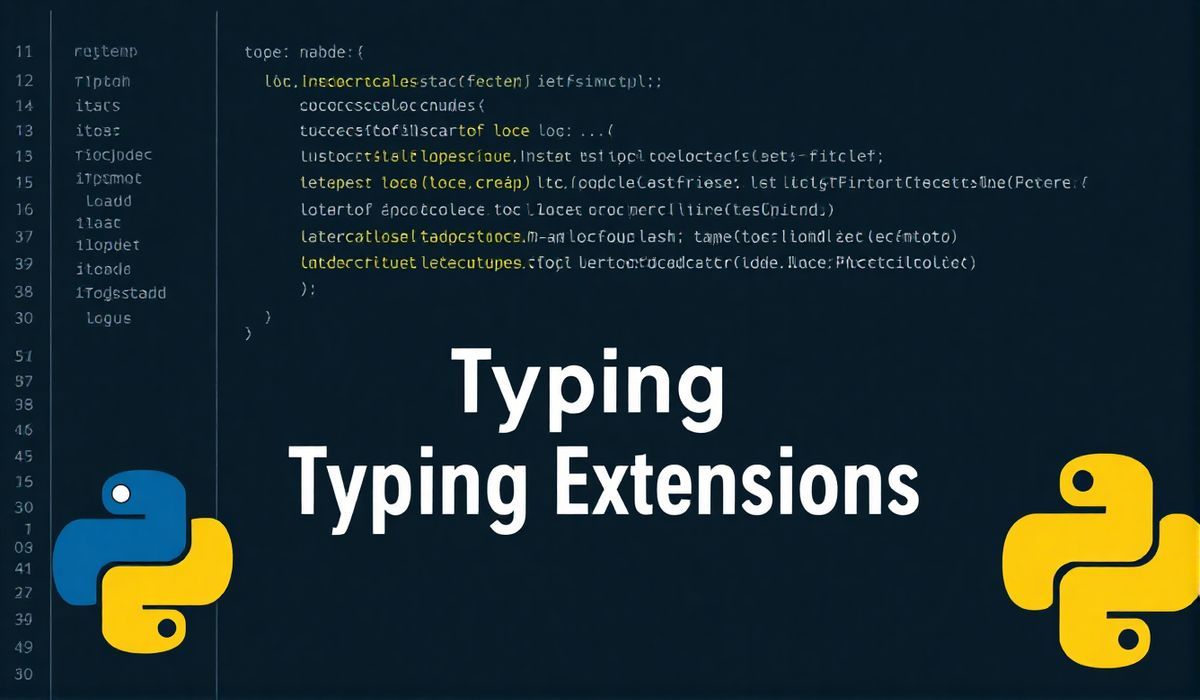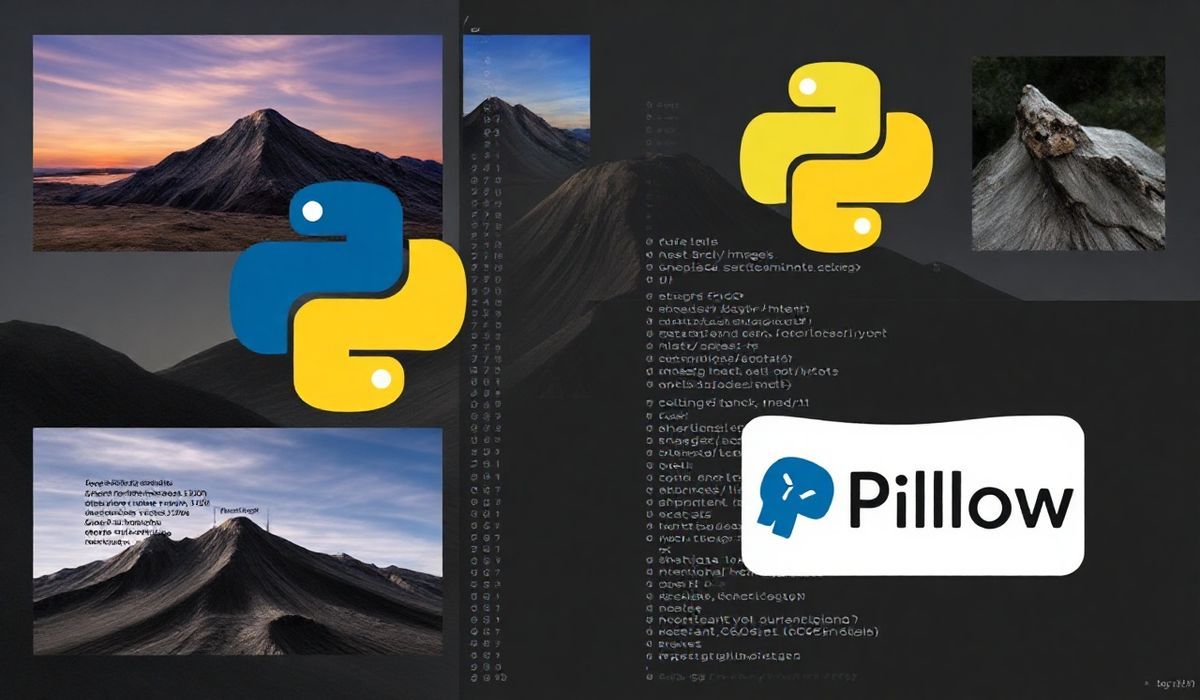Introduction to Access Control
Access control is a fundamental security concept that determines who is allowed to access and manipulate resources within a system. Implementing robust access control mechanisms is crucial for protecting sensitive information and maintaining system integrity.
APIs for Access Control
API Examples
Here are some common APIs used for access control, along with code snippets to help you understand their implementation:
1. Login API
POST /api/login
{
"username": "user1",
"password": "password123"
}
2. Logout API
POST /api/logout
{
"token": "user-auth-token"
}
3. User Role Assignment API
POST /api/assign-role
{
"userId": "1234",
"role": "admin"
}
4. Access Token Validation API
POST /api/validate-token
{
"token": "user-auth-token"
}
5. Permission Check API
POST /api/check-permission
{
"userId": "1234",
"resource": "file1",
"action": "read"
}
Application Example
Let’s put these APIs together in a simple Web application to demonstrate their usage:
Access Control App
Access Control Application
Implementing these APIs helps in creating a robust access control system, ensuring only authorized users can access sensitive resources and perform actions within your application.
Hash: c393a6916757b97613cebf0fa9812bc5cf3b41b273fe2fef3cf0f239d366b107




